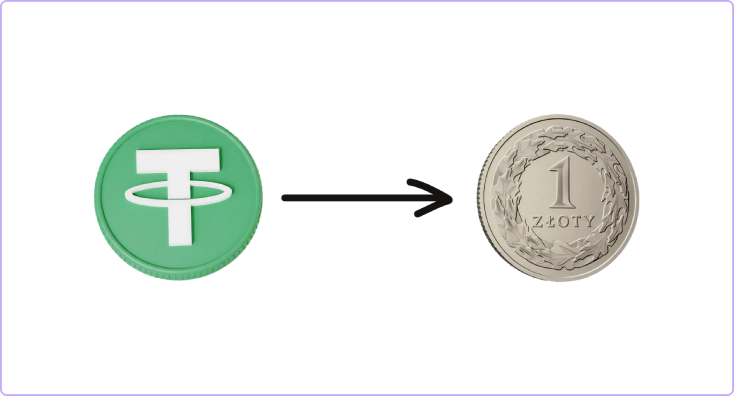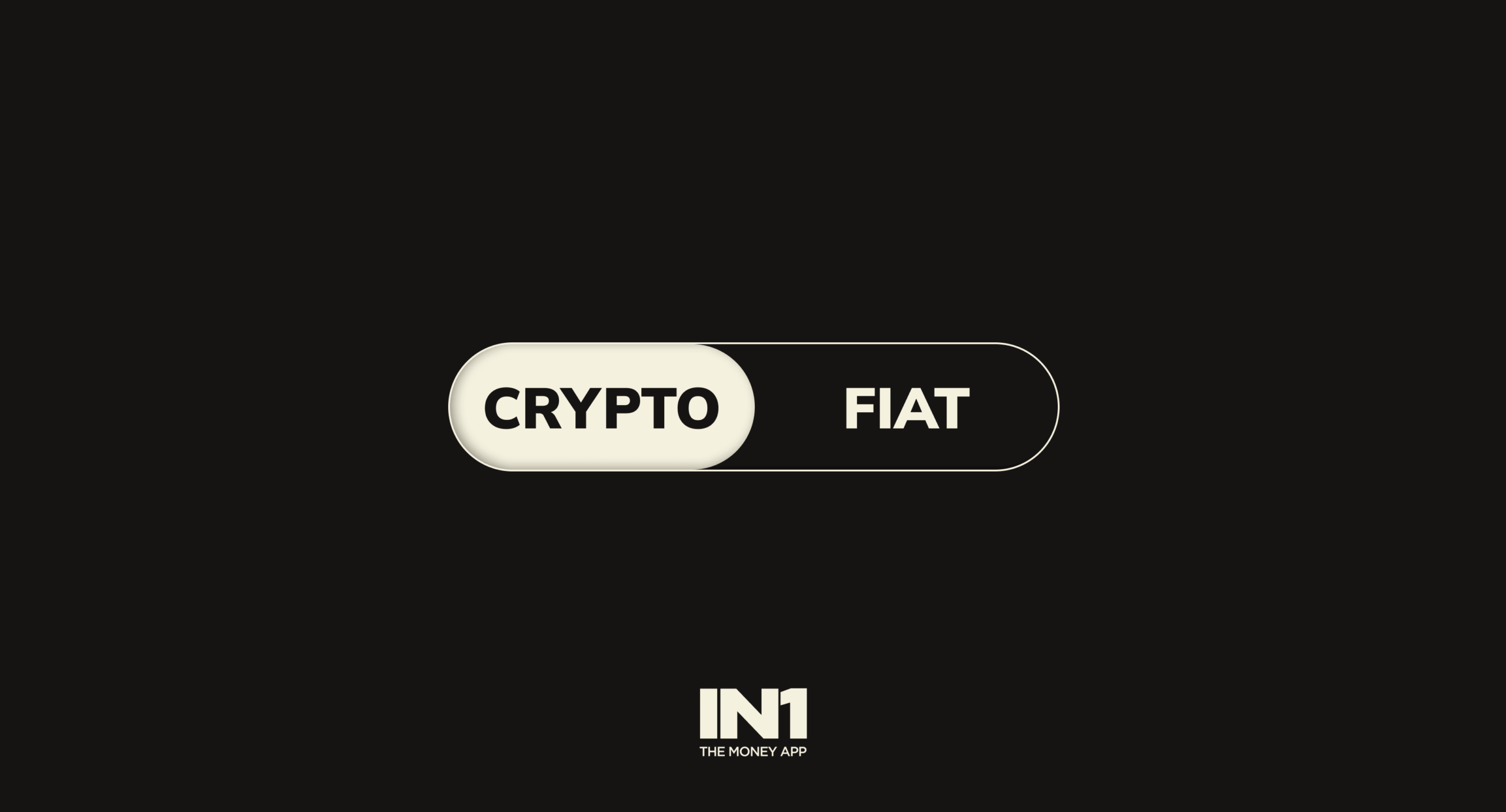
In the financial system, cryptocurrency has long ceased to be just an instrument for investment or speculation. It has become a full-fledged element of the global economy, providing fast, transparent, and independent transactions between users worldwide. However, owning digital assets requires not only proper management but also an understanding of the mechanisms for converting them into traditional currencies. The process of withdrawing cryptocurrency assets from exchanges is a key component of any investment or trading strategy. The effectiveness and stability of financial operations depend on the correct choice of method, payment system setup, consideration of fees, and adherence to security rules.
Exchange users have access to a wide range of tools — from direct P2P exchanges to transfers to external wallets and bank accounts. However, each method has its own features, technical requirements, and limitations. A wrongly chosen method or an error in the address can lead to asset loss.
How to Best Withdraw Crypto from an Exchange?
To successfully withdraw funds, you need to understand how exchanges work and what technical steps are involved. In general, the procedure consists of several steps: selecting the asset, specifying the external wallet address, checking the network for transfer, and confirming the transaction. Withdrawal means transferring cryptocurrency from your exchange account to an external resource — this can be a wallet, bank, or another platform that supports exchange.

The user has several main options:
- P2P exchange — direct operations between users, where the buyer and seller agree on the rate, terms, and payment method.
- Withdrawal to an electronic wallet or bank card via payment systems.
- Transfer to an external cryptocurrency wallet with further exchange through third-party exchangers or financial services.
The main factors for efficiency are execution speed, fee level, system reliability, and user support in case of technical issues. For Ukrainian traders, it is also important that the platform has an official partner catalog accepting payments from Ukraine and provides verification for legal withdrawal.
Main Methods of Withdrawing Crypto to Fiat via Exchanges

Withdrawal from Binance Exchange
Binance is one of the most popular exchanges in the world. The system offers several withdrawal options. The simplest is P2P exchange, where the user sells cryptocurrency directly without intermediaries, receiving money to a bank account or electronic services.
The process is as follows:
- Go to the P2P page and select the currency you want to sell.
- Specify the amount, payment method, and check the seller’s rating.
- After confirming the deal, the system locks the assets until the money is received.
- After receiving payment, click “Confirm Sale”.
Binance also allows withdrawal via bank transfer or external wallet. When choosing a network, carefully verify that it matches the recipient address — a mistake can result in asset loss.

Withdrawal from WhiteBIT Exchange
The Ukrainian exchange WhiteBIT is known for its convenient interface and fast transactions. To withdraw, the user goes to the balance section, selects cryptocurrency, and clicks “Withdraw”. Then the external wallet address or bank card details must be entered. The system automatically shows the fee, confirmation time, and reserve. After that, data verification is performed and a confirmation code is sent to the user’s email or phone. WhiteBIT supports fiat withdrawal: hryvnias, dollars, euros. For Ukraine, this is one of the most convenient options due to adapted support, Ukrainian localization, and integration with local banks.

Withdrawal from OKX Exchange
OKX provides broad options for withdrawing assets. The main method is transferring cryptocurrency to an external wallet. The user selects the network where the asset is stored, enters the recipient address and transfer amount.
OKX also offers P2P exchange, allowing direct sales to other users, receiving cash or payment to a bank account. The platform ensures security by locking assets in the seller’s account until the deal is completed. For large transactions, full verification is recommended to lift restrictions and reduce fees.

Withdrawal and Exchange from MEXC
MEXC has a clear interface for fund exchange. The user goes to “Assets” — “Withdraw”, selects cryptocurrency, enters address, network, amount, and clicks “Confirm”. The system automatically calculates exchange fees, shows the balance, and execution time. After confirmation via email or two-factor authentication, the transaction goes into processing queue. For those who want fiat, MEXC offers exchange via P2P or cooperation with online exchangers. All user data is encrypted and support is available 24/7.

Withdrawal from BingX Exchange
BingX offers two main methods: exchange to an external wallet and P2P exchange. For the first, go to the wallet section, select the currency, enter recipient address, network, and amount. For P2P, open the dedicated section, find a buyer or seller at an acceptable price, check their rating and terms. After confirmation, funds are blocked on the exchange until payment is received. BingX uses a modern security system with multi-level encryption, transaction monitoring, and identity verification for large amounts, ensuring stable operation even under heavy load.
Summary
The process of exchanging cryptocurrency from exchanges requires attentiveness, accuracy, and understanding of platform rules. Regardless of method — P2P, online service, or external wallet transfer — pay attention to fees, execution time, and transaction conditions.
Popular exchanges: Binance, WhiteBIT, OKX, MEXC, and BingX offer various withdrawal formats, but all provide high security, fast support, user-friendly interface, and detailed record of all operations. Following recommendations, careful entry of recipient address, and account verification are basic factors ensuring stable and profitable exchange, protecting your assets and money from risks.
In today’s world, withdrawing cryptocurrency is not just a technical action but a part of a financial strategy that allows optimizing profit and controlling digital assets.
 Support
Support 











